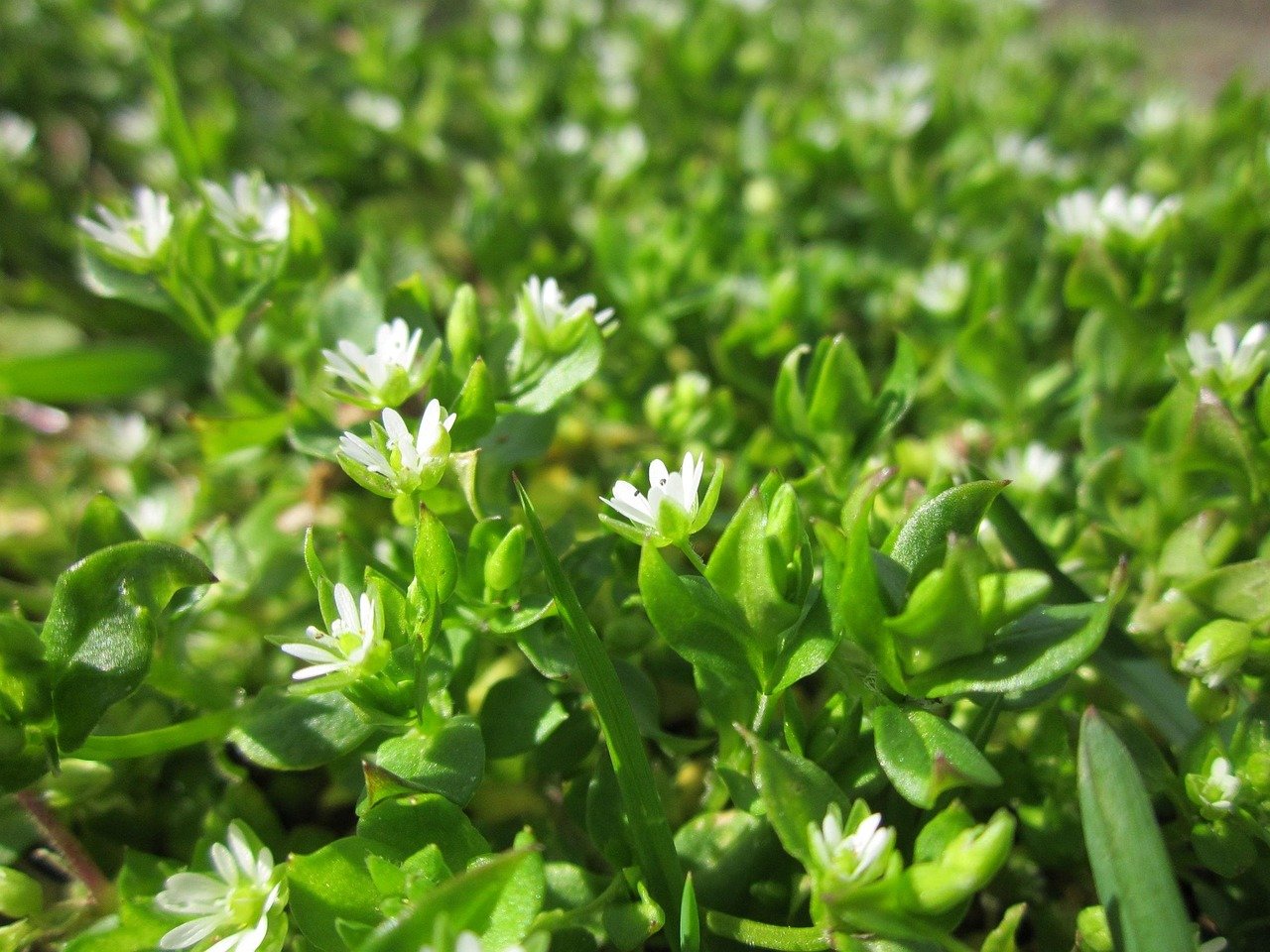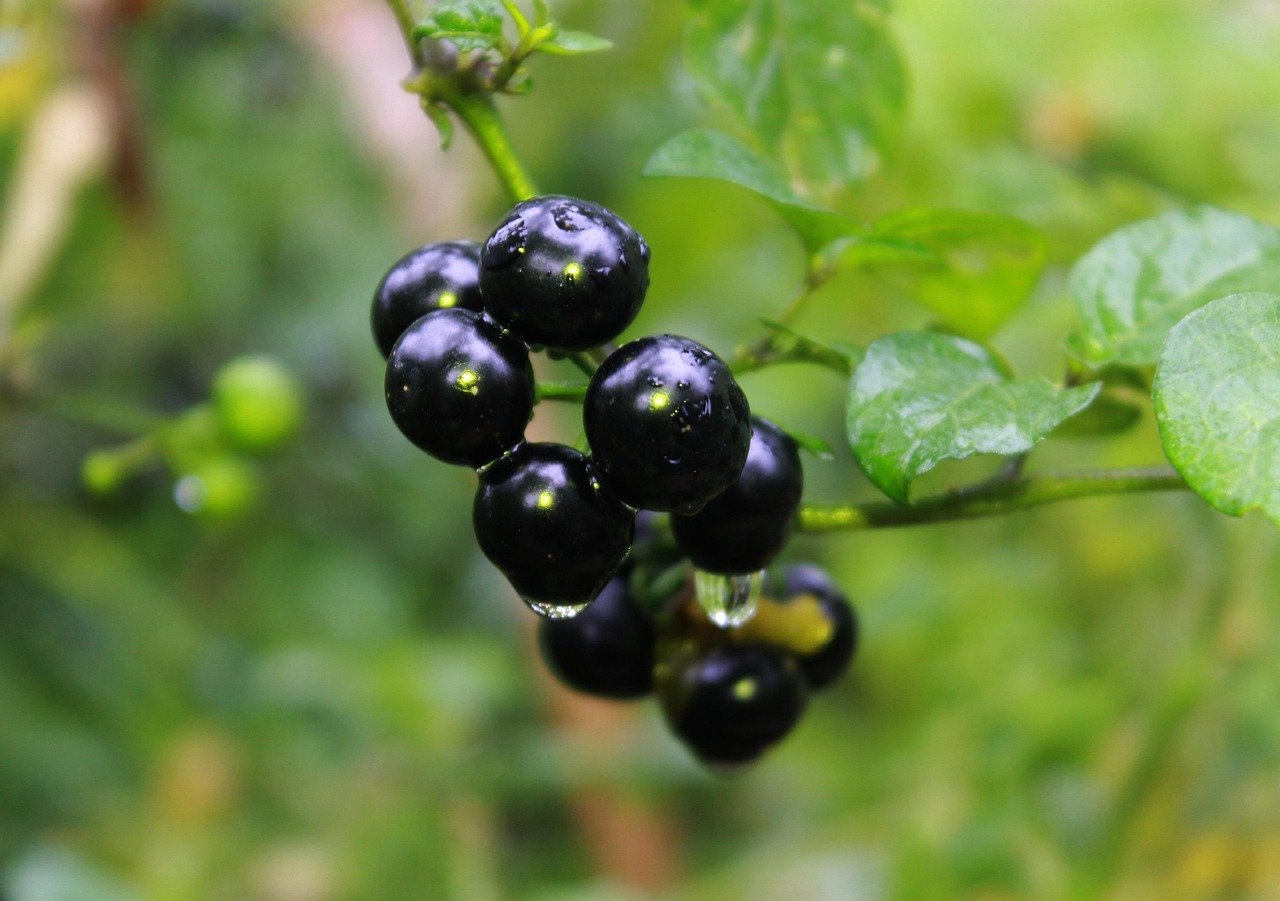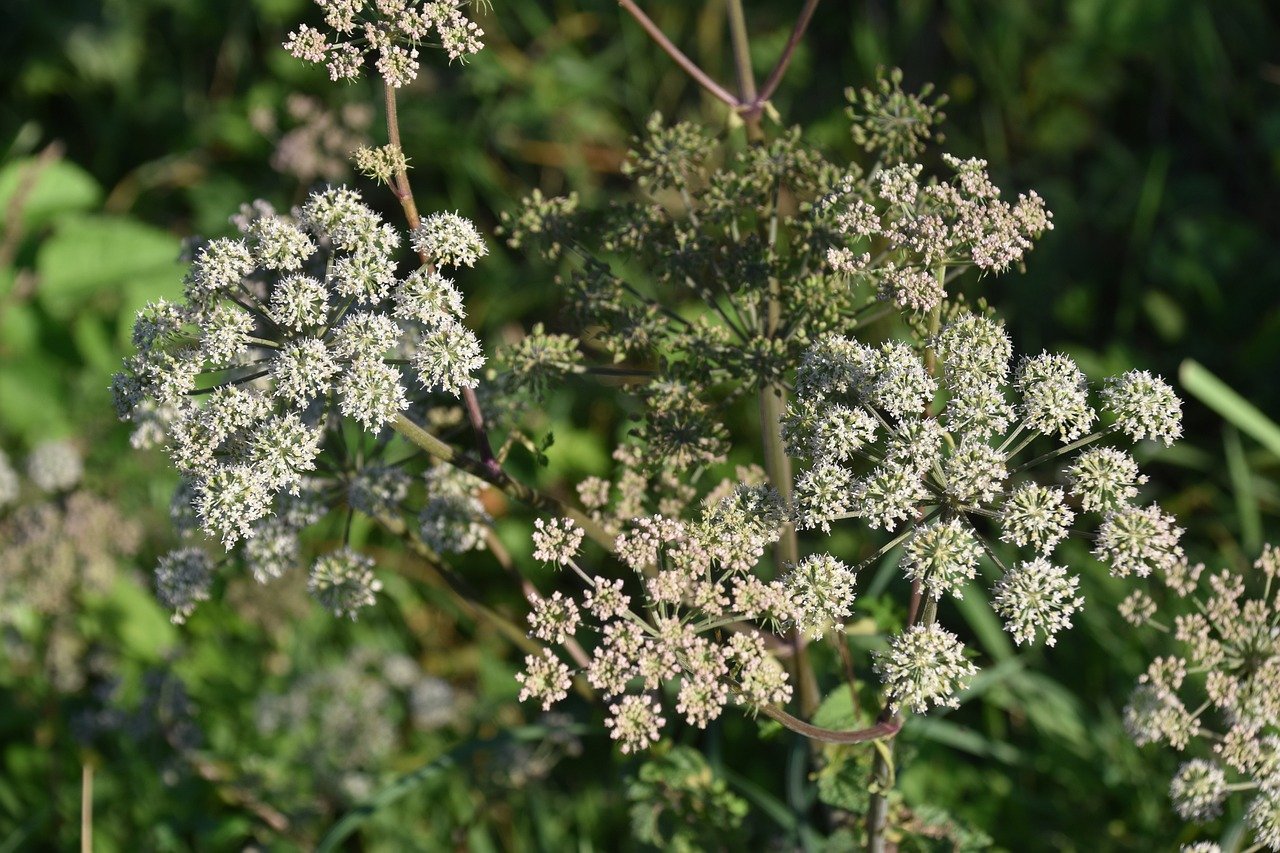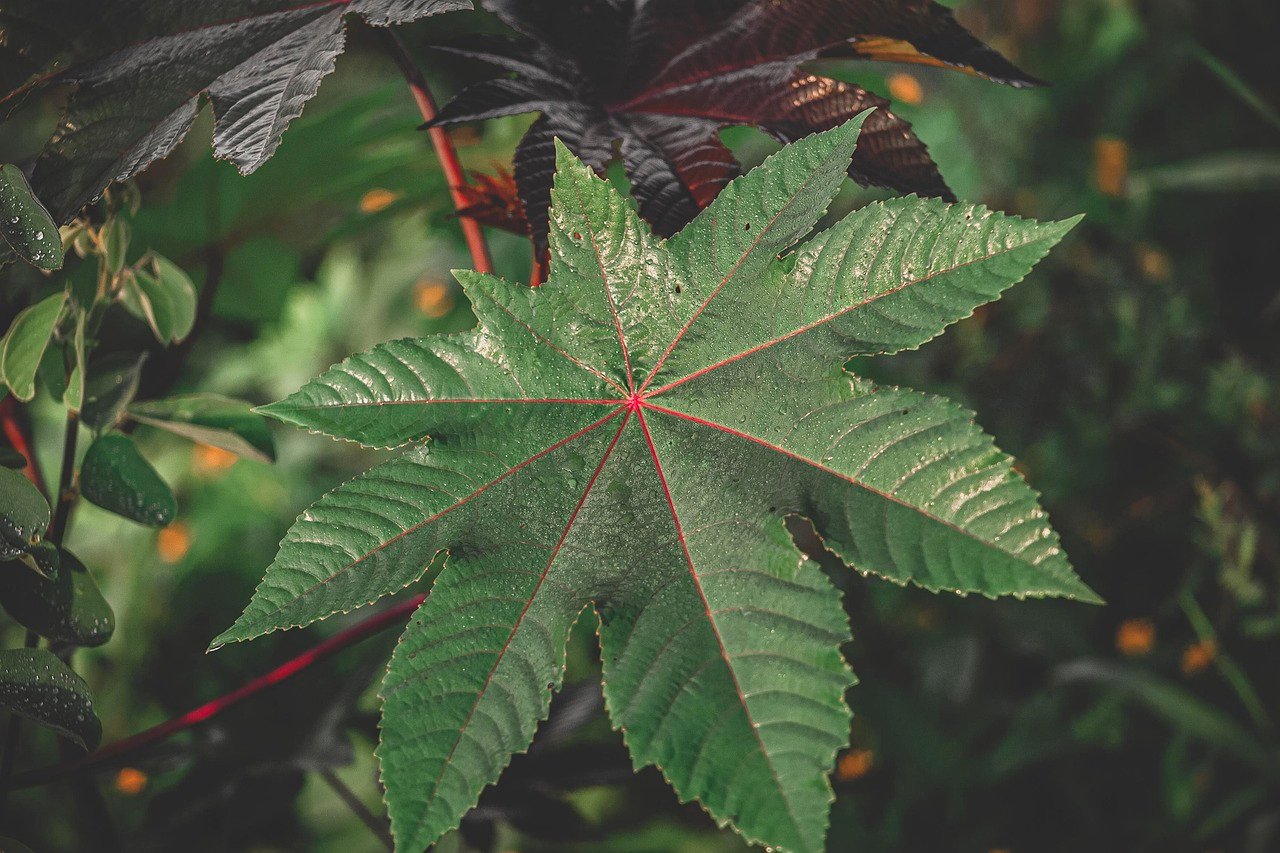Exploring the wilderness is a thrilling adventure, but it becomes even more intriguing when you realize that nature’s bounty is not just beautiful but also edible. Imagine hiking through a lush forest or an open field, surrounded by plants that can sustain you. However, while some wild plants are nutritious, others can be dangerously toxic. Understanding the difference can be a matter of life and death. In this guide, we delve into the edible treasures of the wild and caution you against the perilous ones.
Dandelions: The Ubiquitous Delight
Dandelions might be the most familiar wild plant to many of us. Though often considered a pesky weed, every part of the dandelion is edible and packed with nutrients. The leaves are rich in vitamins A, C, and K, and can be tossed into salads or sautéed. The roots can be roasted and brewed into a coffee substitute, while the flowers can be used to make wine or jelly. Think of them as nature’s multivitamin, growing abundantly in gardens and fields. Their slightly bitter taste can add a unique flavor to your dishes, reminiscent of chicory or endive.
Chickweed: A Gentle Green

Chickweed is a tender plant with small, star-like flowers and is commonly found in temperate regions. It’s a delicate green that tastes mild and can be consumed raw or cooked. Rich in vitamins C and A, chickweed is often used in salads or as a garnish. It also has a history of being used in herbal remedies to treat skin irritations and inflammation. Its subtle flavor profile makes it a versatile addition to various culinary creations, similar to how spinach or lettuce is used in dishes.
Purslane: The Omega-3 Powerhouse

Purslane is a succulent plant that thrives in poor soil and hot climates, often appearing between cracks in sidewalks. Its fleshy leaves are tangy, reminiscent of lemon, and can be eaten raw or cooked. Purslane is unique because it contains more omega-3 fatty acids than any other leafy vegetable, making it a nutritional powerhouse. This plant offers a crunchy texture that is perfect for salads, soups, or stir-fries, similar to how you might use watercress.
Stinging Nettle: A Prickly Nutrient Source
Despite its prickly reputation, stinging nettle is a remarkable edible plant. Once cooked, the stinging hairs lose their potency, revealing a plant rich in iron, calcium, magnesium, and vitamins A and C. Stinging nettle can be used similarly to spinach in recipes such as soups, stews, or teas. Those familiar with its benefits often forage for nettles in early spring when the leaves are tender and most nutritious.
Wild Garlic: Nature’s Aromatic Allium
Wild garlic, also known as ramsons, fills the air with its distinctive garlic scent in the spring. Both the leaves and bulbs are edible, offering a milder flavor than cultivated garlic. Wild garlic can be used to infuse oils, create pesto, or add a punch to salads and soups. Its broad, shiny leaves are a sign of its presence, often carpeting woodland floors and providing a visual feast alongside its culinary uses.
Clover: A Forager’s Friend

Clover is more than just a lucky charm; it’s a valuable food source in the wild. Both the leaves and flowers are edible, with a sweet, grassy taste. Clover is rich in protein and can be a nutritious addition to salads, teas, and baked goods. Its presence is a common sight in meadows and lawns, easily recognizable by its trifoliate leaves and round flower heads.
Wood Sorrel: The Lemonade Leaf
Wood sorrel is a small plant with heart-shaped leaves that taste refreshingly sour, like a natural lemonade. It’s a delightful addition to salads and can be used to garnish dishes for a pop of flavor. Wood sorrel contains oxalic acid, which gives it its tangy taste, so it should be consumed in moderation. This plant is easily identified by its leaves, which fold during the night or in overcast weather.
Cattails: The Supermarket of the Swamp
Cattails are often referred to as the “supermarket of the swamp” because almost every part of the plant is edible. The roots, shoots, and pollen can all be harvested and used in various dishes. Cattail shoots, often called “cossack asparagus,” can be eaten raw or cooked, offering a mild cucumber-like flavor. The roots can be ground into flour, while the pollen can be used as a flour substitute or thickener in recipes.
Mallow: The Marshmallow Ancestor
Mallow is a plant with a rich history, known for being the original source of marshmallows. The leaves and flowers are edible, offering a mild flavor that can be added to salads or soups. Mallow leaves have a mucilaginous quality, which can be used to thicken soups and stews. This plant has been used traditionally to soothe sore throats and digestive ailments, showcasing its versatility beyond the kitchen.
Acorns: The Ancient Staple

Acorns have been a staple food for many indigenous cultures, offering a rich source of carbohydrates and fats. However, they contain tannins, which must be leached out before consumption. Once processed, acorns can be ground into flour or used to make acorn coffee. The preparation process is labor-intensive, but the resulting nutty flavor and nutritional benefits make it worthwhile for those who enjoy foraging.
Deadly Nightshade: The Poisonous Beauty

Deadly nightshade, also known as belladonna, is a plant shrouded in mystery and danger. Its berries are shiny and tempting but highly toxic, containing alkaloids that can cause hallucinations, delirium, and even death. This plant is often found in shaded areas, with dark green leaves and purple bell-shaped flowers. Avoiding this plant is crucial when foraging, as its deadly reputation is well-earned.
Hemlock: The Infamous Killer

Hemlock is notorious for its role in the death of Socrates, and it remains one of the most poisonous plants. It’s often mistaken for edible plants like wild carrot or parsley, making it particularly dangerous. Hemlock contains coniine, a potent toxin that affects the nervous system. Identification is key, as its small white flowers and fern-like leaves can be misleading to the untrained eye.
Foxglove: The Heart-Stopping Flower
Foxglove is a striking plant with tall spikes of tubular flowers, often seen in gardens and wild landscapes. Despite its beauty, foxglove contains digitalis, a compound that can cause heart failure if ingested. This plant is a prime example of how alluring appearances can be deceiving, and why caution is necessary when foraging in the wild.
Oleander: The Toxic Ornamental
Oleander is a common ornamental plant with vibrant, fragrant flowers. However, every part of the plant is toxic, containing compounds that can disrupt heart function. While it adds beauty to gardens, oleander is a reminder that not all that is pretty is safe. It’s a stark warning to those who might be tempted to sample a plant based solely on its appearance.
Castor Bean: The Lurking Danger

The castor bean plant is known for producing castor oil, but it also harbors ricin, a powerful toxin. Even a small amount of ricin can be deadly, making the castor bean plant one of the most dangerous in the wild. While it may be grown for ornamental purposes, it’s essential to handle this plant with care and avoid ingestion at all costs.
Navigating the world of wild plants requires knowledge, respect, and caution. While nature provides a bountiful harvest of edible delights, it also conceals hidden dangers. Understanding which plants are safe to consume and which are not can enhance your outdoor experience and keep you safe. As you embark on your foraging journey, remember that the line between nourishment and poison is often thin, and education is your best tool in the wilderness.




